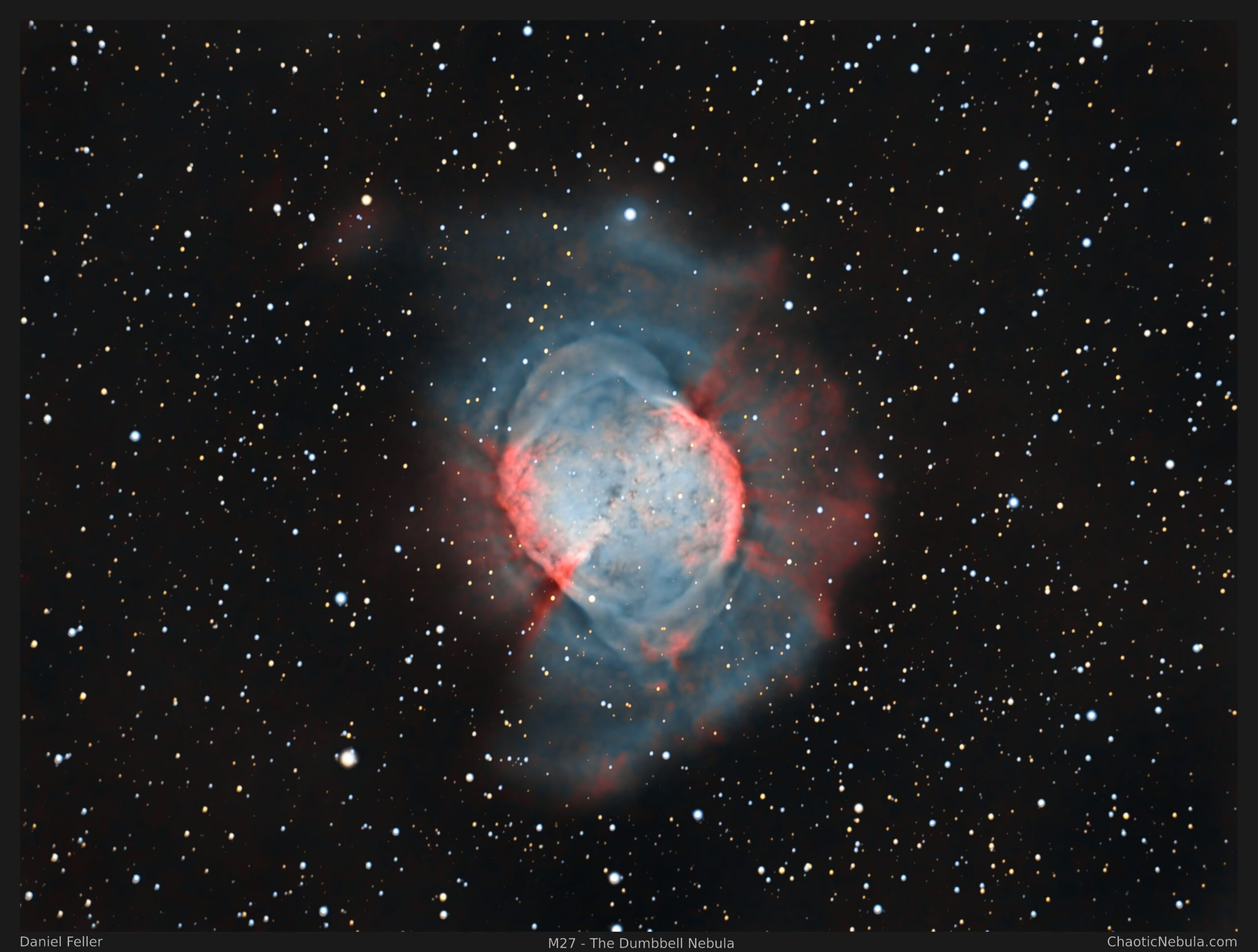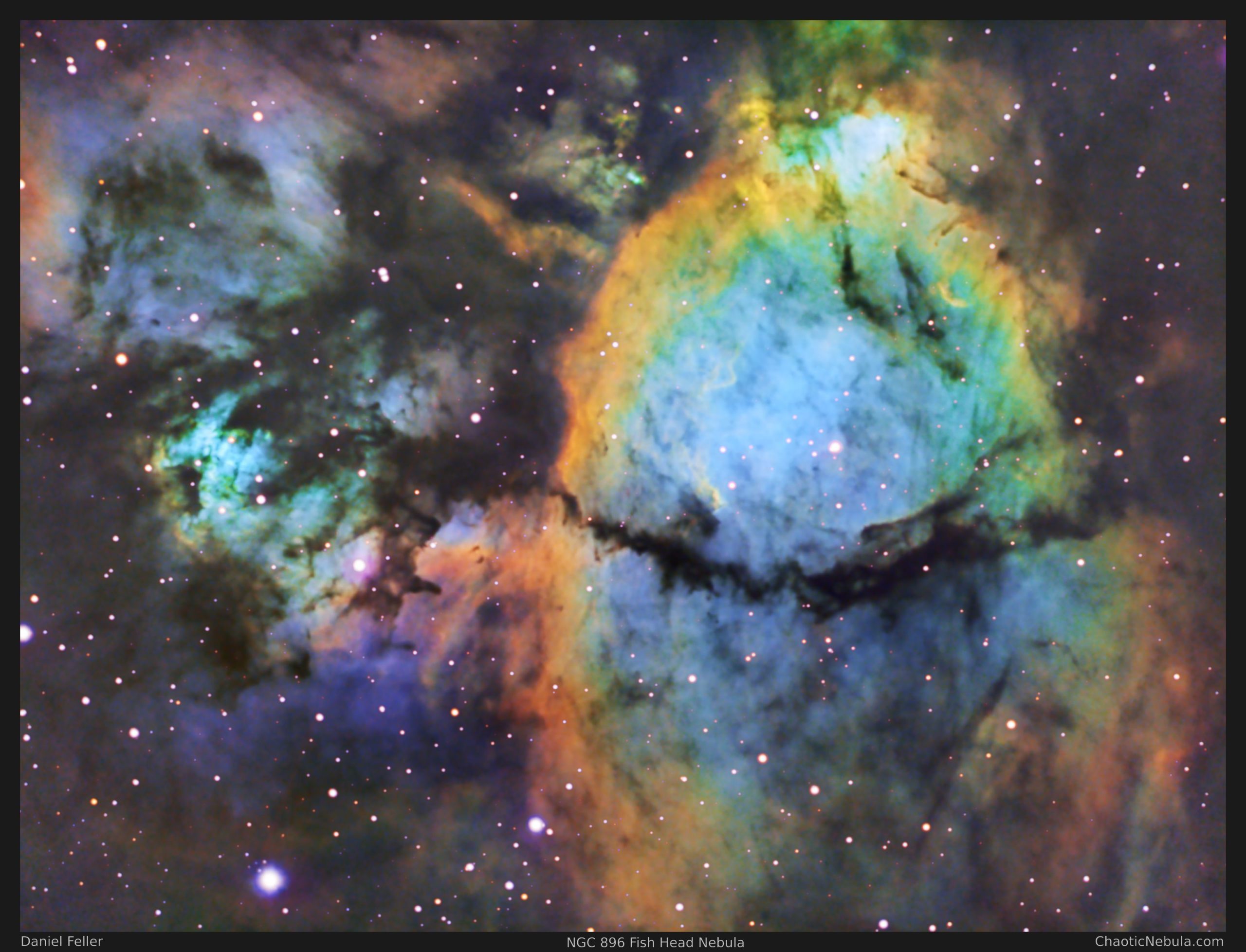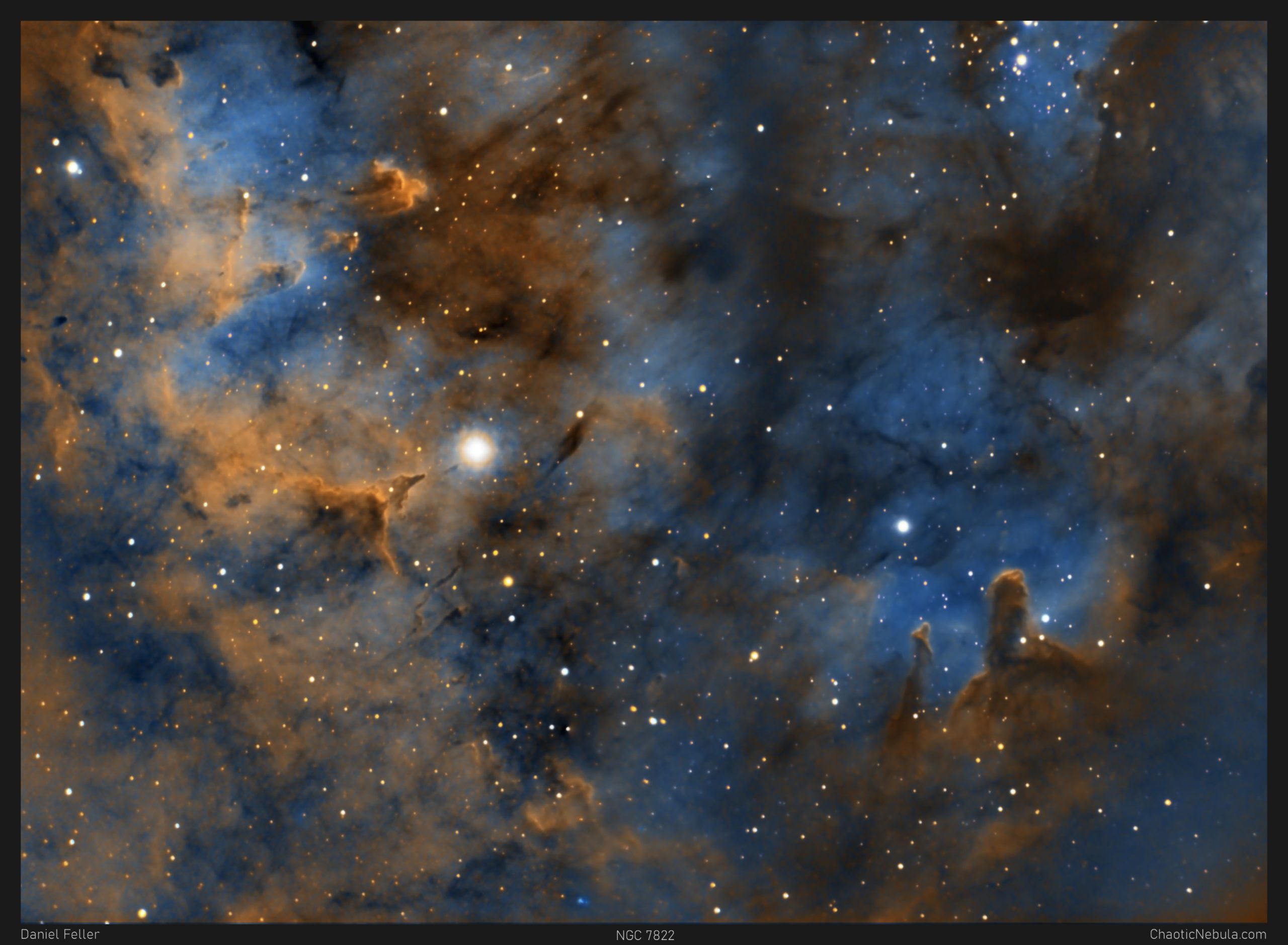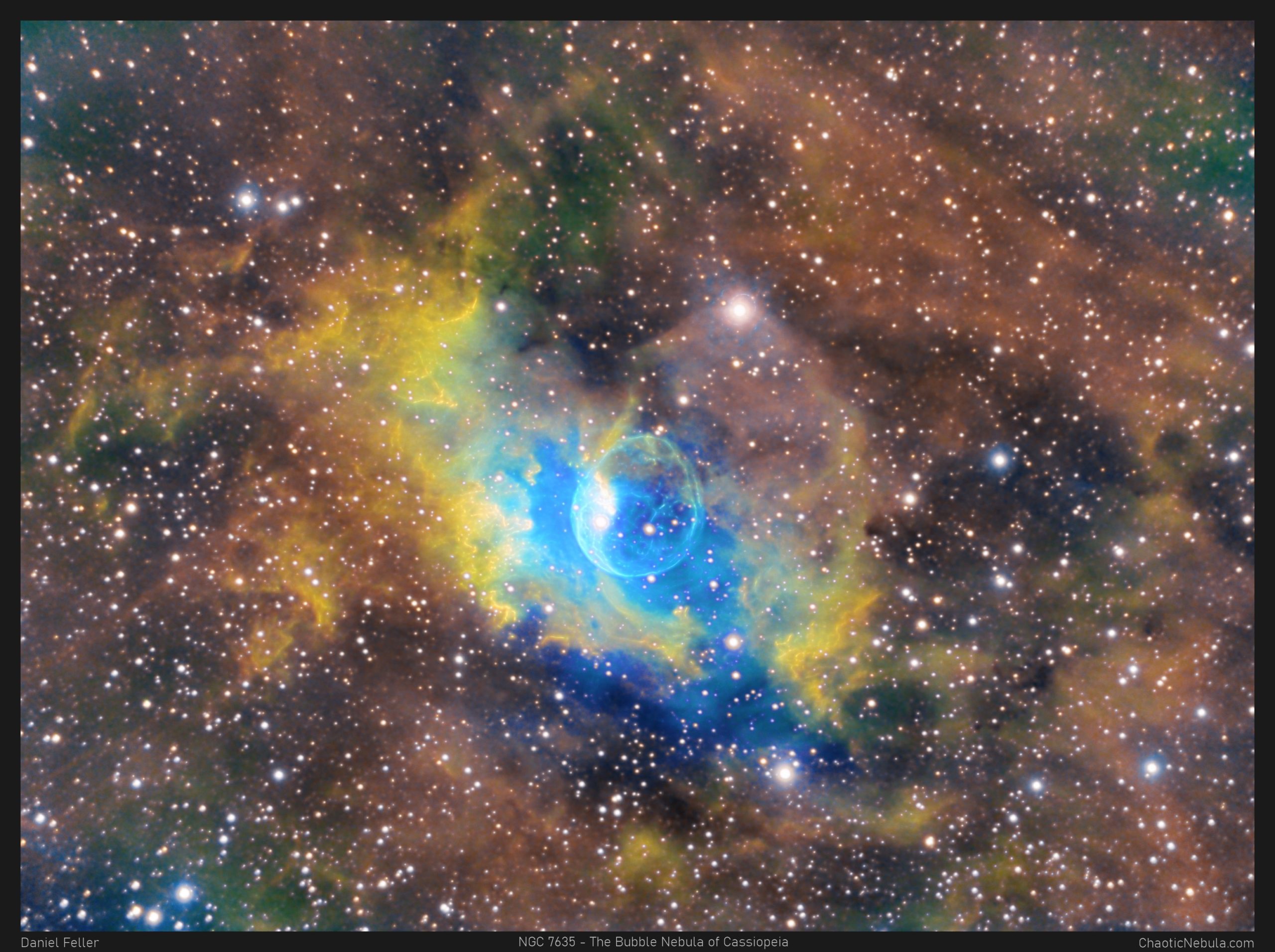Capturing the Details of the Dumbbell Nebula (M27)
The Dumbbell Nebula, also known as Messier 27 or M27, is a prominent planetary nebula located in the constellation Vulpecula. Planetary nebulae are shells of ionized gas and dust ejected from aging stars, and despite their name, they have no direct connection with planets. Studying planetary nebulae, like M27, provides valuable insights into the late stages of stellar evolution, including the final evolution of our sun. The process of a star shedding its outer layers and forming a nebula contributes to the enrichment of the interstellar medium with heavy elements, which can later be incorporated into new stars and planetary systems.
M27 is one of the brightest and most well-known planetary nebulae in the night sky. Most planetary nebulae look small from Earth, because they are much farther away than M27. This planetary nebula is 1360 light years away. Pretty close compared to everything else that is out there.
(more…)


